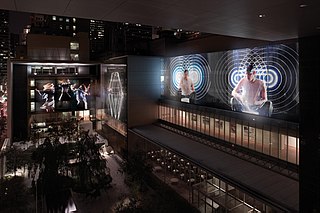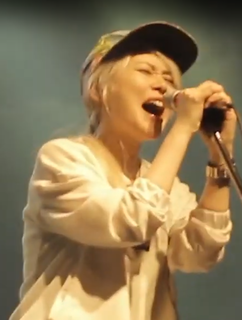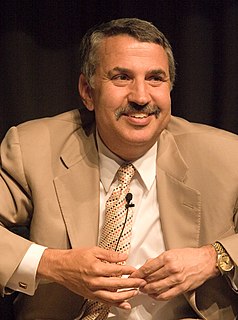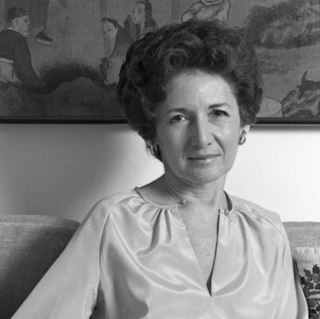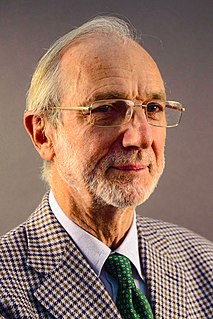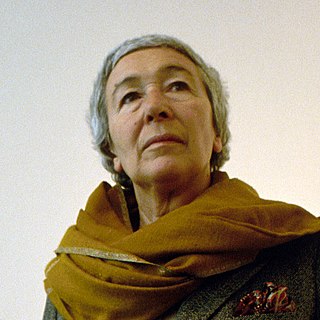A Quote by Doug Aitken
'Station to Station' came out of a sense of urgency - a sense that culture, be it art, film or architecture, has become so compartmentalised. For this project, we wanted to break that and create a language that is more nomadic and less materialistic and really empowering for the creators and the audience.
Related Quotes
Japanese train signs, station signs, are really representative of the Japanese mind to me, because it always has the station where you are, the station you were previously at, and the station that is the next station. When I came to New York, I was very confused. It just doesn't say where I was and where I was going. But I realized after a while probably most people don't need to know what station you were previously at. But I think it's just some weird Japanese mentality that we need to know, we need to connect the plot.
America was the funder of petro-dictatorships. We treated all these countries as basically big, large gas stations: Libya station, Iraq station, Iran station, Egypt station, Syria station, and all we asked of them were three things: Keep your palms open, your prices low and don't bother Israel too much, and you can do whatever you want to your own people.
[When we drop our agendas] we begin to cultivate a mind of true goodness and compassion, which comes out of a concern for the Whole. As we live out of such a mind, we become generous, with no sense of giving or of making a sacrifice. We become open, with no sense of tolerance. We become patient, with no sense of putting up with anything. We become compassionate, with no sense of separation. And we become wise, with no sense of having to straighten anyone out.
Until the first blow fell, no one was convinced that Penn Station really would be demolished, or that New York would permit this monumental act of vandalism against one of the largest and finest landmarks of its age of Roman elegance. Any city gets what it admires, will pay for, and, ultimately, deserves. Even when we had Penn Station, we couldn’t afford to keep it clean. We want and deserve tin-can architecture in a tinhorn culture. And we will probably be judged not by the monuments we build but by those we have destroyed
Architecture is art. I don't think you should say that too much, but it is art. I mean, architecture is many, many things. Architecture is science, is technology, is geography, is typography, is anthropology, is sociology, is art, is history. You know all this comes together. Architecture is a kind of bouillabaisse, an incredible bouillabaisse. And, by the way, architecture is also a very polluted art in the sense that it's polluted by life, and by the complexity of things.
I viewed the station as a place, a terrain where I could put a new architecture in place. The station was, of course, an historic monument, but it does not deserve all the respect given it when it is said it is perfect, original and coherent expression of a past that we must revere. Orsay is basically a box.
I'm really pleased to share the 'Station to Station' film. It has a very unorthodox structure; it's made up of separate one-minute films. So you watch this piece that is like time moving. Everything is democratised, whether it's a minute of Patti Smith or a single landscape with a drone, it's this amazing modern kaleidoscope.
